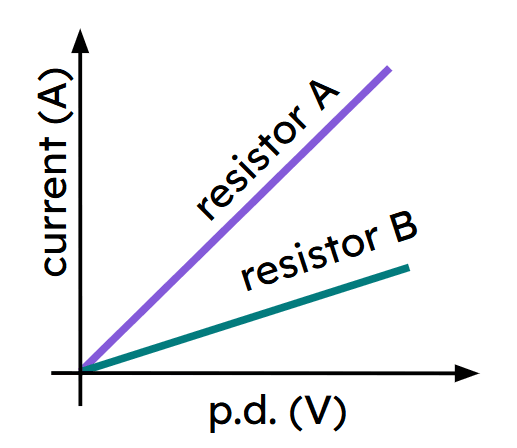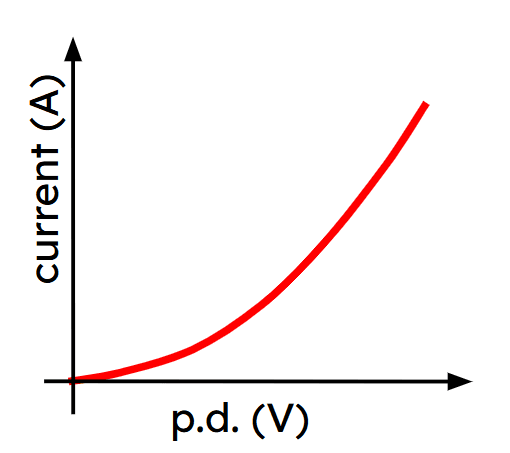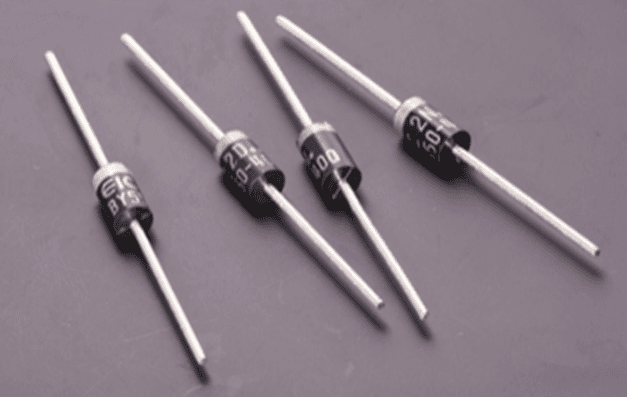Myths about teaching can hold you back
- Year 10
- OCR
- Higher
Measuring the resistance of a diode
I can interpret an I–V graph of a diode in order to describe its properties.
- Year 10
- OCR
- Higher
Measuring the resistance of a diode
I can interpret an I–V graph of a diode in order to describe its properties.
These resources were made for remote use during the pandemic, not classroom teaching.
Switch to our new teaching resources now - designed by teachers and leading subject experts, and tested in classrooms.
Lesson details
Key learning points
- The properties of a diode are different, depending on the direction of p.d. across it.
- An appropriate range of p.d. includes 0 V and the maximum voltage of the diode and at least four other readings.
- An appropriate range for a diode includes the maximum p.d. in both directions, with positive and negative values.
- For electricity investigations, it is good practice to take many more than the minimum number of measurements.
Keywords
Diode - an electrical component that is used to prevent current flow in one direction
Semiconductor - a material that has both metallic and non-metallic properties
Threshold p.d. - the potential difference at which a diode allows current to flow
Reverse–biased - when a diode is reverse–biased, it prevents current from flowing
Forward–biased - when a diode is forward–biased, it allows current to flow
Common misconception
The gradient of an I–V graph is equal to 1/R because I = V ÷ R.
Explain how the equation for a straight line graph y = mx + c does not apply in this case because the graph is not a straight line.
To help you plan your year 10 physics lesson on: Measuring the resistance of a diode, download all teaching resources for free and adapt to suit your pupils' needs...
To help you plan your year 10 physics lesson on: Measuring the resistance of a diode, download all teaching resources for free and adapt to suit your pupils' needs.
The starter quiz will activate and check your pupils' prior knowledge, with versions available both with and without answers in PDF format.
We use learning cycles to break down learning into key concepts or ideas linked to the learning outcome. Each learning cycle features explanations with checks for understanding and practice tasks with feedback. All of this is found in our slide decks, ready for you to download and edit. The practice tasks are also available as printable worksheets and some lessons have additional materials with extra material you might need for teaching the lesson.
The assessment exit quiz will test your pupils' understanding of the key learning points.
Our video is a tool for planning, showing how other teachers might teach the lesson, offering helpful tips, modelled explanations and inspiration for your own delivery in the classroom. Plus, you can set it as homework or revision for pupils and keep their learning on track by sharing an online pupil version of this lesson.
Explore more key stage 4 physics lessons from the Circuit components unit, dive into the full secondary physics curriculum, or learn more about lesson planning.

Equipment
diodes, milliammeters, voltmeters, variable resistors, 100 kiloohm resistors, electrical leads
Content guidance
- Risk assessment required - equipment
Supervision
Adult supervision required
Licence
Prior knowledge starter quiz
6 Questions
Q1.What happens when free electrons in a metal collide with metal ions?
Q2.What causes free electrons in a metal to move?
Q3.Which of the following effects will result from a higher p.d. across a metal wire in a working electrical circuit?
Q4.Which of the followings statements about resistors A and B is correct?

Q5.Which of the following elements is a semiconductor?
Q6.Which of the following statements about the I–V graph shown is correct?

Assessment exit quiz
6 Questions
Q1.Which of the following components are shown in the image?



